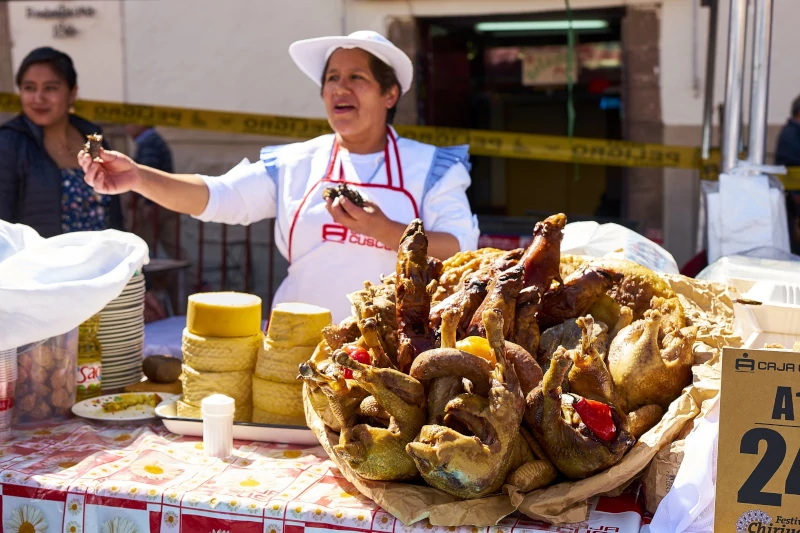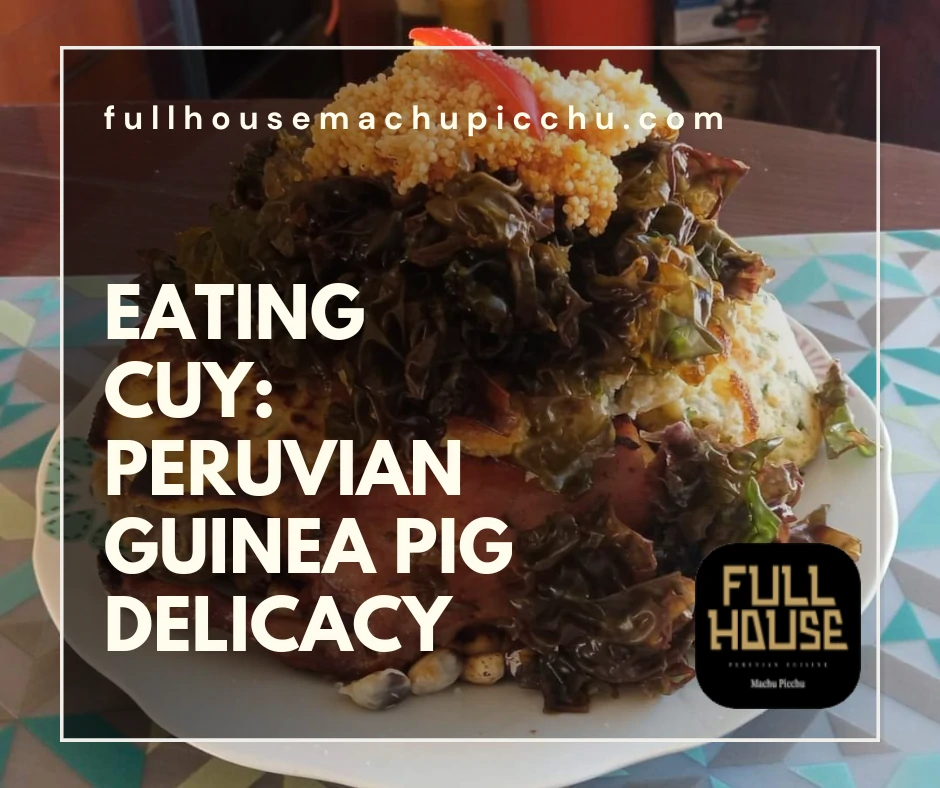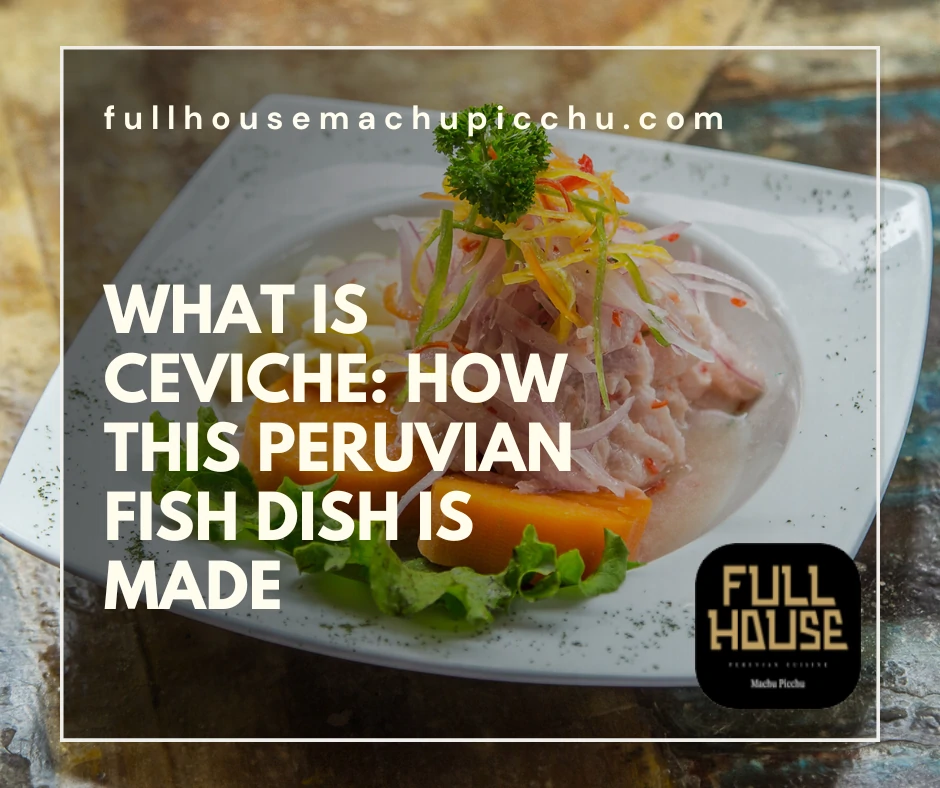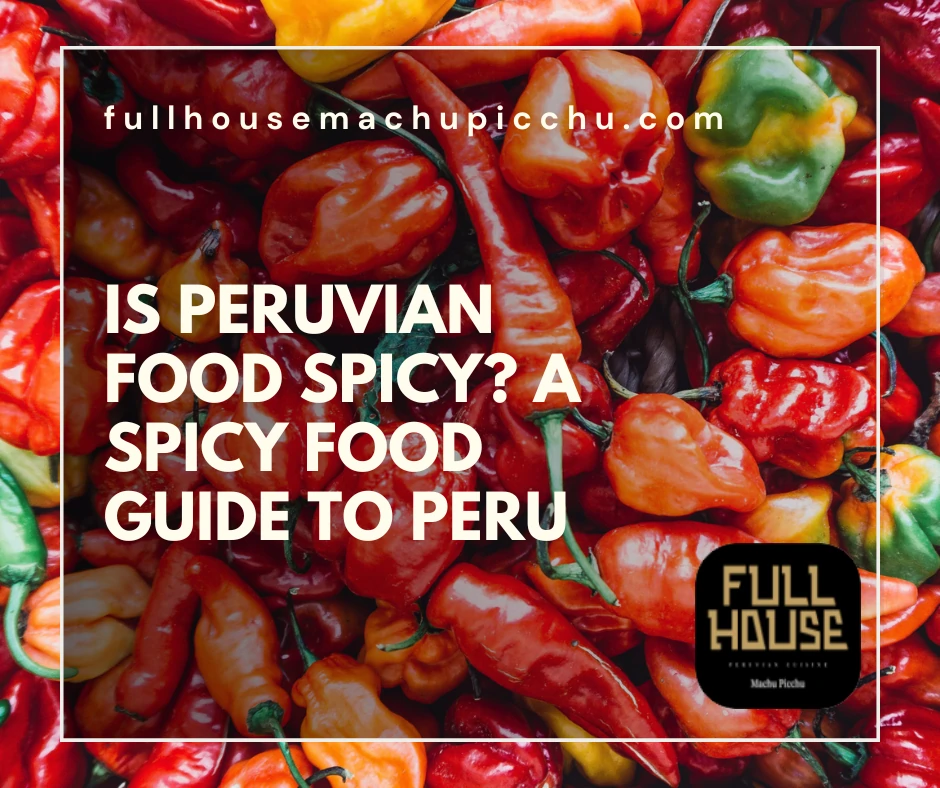In this article, we will learn more about the Guinea Pig, a fascinating delicacy that has been enjoyed for centuries in the Peruvian Andes. Thus, we will delve into the history, preparation, and cultural significance of this often-misunderstood dish.
While guinea pigs may be commonly known as household pets in many parts of the world, in Peru, they hold a special place in the culinary landscape. Cuy, as it is called in Quechua, has been a cherished part of Andean culture for over 5,000 years. Today, it remains an integral component of the national cuisine and a symbol of Peruvian identity.
A taste of history: The Ancient roots of cuy in Andean culture
The guinea pig has been a staple food source for the inhabitants of Andes for hundreds of years. This small animal is rich in protein and low in fat. Thus, it serves as a reliable source of sustenance for the Andean people. Also, the guinea pig is seen as a symbol of wealth and prosperity in these societies. Usually, this dish is reserved for special ocasions, such as weddings and birthdays.
Archaeological evidence has revealed that the Moche civilization was one of the earliest cultures to domesticate cuys. This civilization thrived between 100 and 700 CE in the northern coast of Peru. Pottery and art depicting the small creatures have been found in Moche tombs. Thus, it demonstrates the esteem in which these animals were held in Moche culture. Additionally, the Incas recognized the importance of the guinea pig, raising them for both food and religious ceremonies. The cuy was seen as a gift from the gods. Therefore, it was often used in traditional rituals and even as a form of divination.
Today, the guinea pig remains a cherished part of Andean culture. Many households in rural areas raise their own guinea pigs for consumption. Festivals and family celebrations often feature cuy as the star dish. As we explore the history of this fascinating delicacy, it is clear that the guinea pig has left an indelible mark on the culinary heritage of the Andean people.

From farm to table: Raising, preparing, and cooking cuy
The journey of the guinea pig from farm to table begins with the traditional practice of raising these small animals in rural households. Unlike their Western counterparts, who live in cages as pets, Peruvian guinea pigs are often given free rein to roam around the house kitchen. The Andean guinea pigs usually feed on vegetable scraps and herbs. This free-range lifestyle results in a lean, flavorful meat that is both tender and nutritious.
Once the guinea pig reaches the appropriate size, the process of preparing it for the table commences. The animal is dispatched, and the fur is removed using hot water, much like plucking a chicken. Afterward, the guinea pig is cleaned and gutted, leaving behind a small, compact carcass that is ready for cooking.
There are several traditional methods for cooking guinea pig, each reflecting the unique culinary styles of different Andean regions. One of the most popular methods is to roast the guinea pig whole over an open flame. This method is known as “cuy al palo”. This technique infuses the meat with a smoky flavor. Therefore, it results in crispy skin, making it a favorite at festivals and family gatherings. Another popular preparation is “cuy chactado”, where the guinea pig is flattened and deep fried. This method creates a crunchy exterior and succulent meat on the inside. This dish is often accompanied by a spicy Andean pepper sauce, potatoes, and corn.
For those who prefer a milder taste, “cuy al horno” offers an alternative approach. In this method, the guinea pig is marinated in a blend of spices, such as cumin, garlic, and achiote, before being baked in a traditional clay oven. This preparation results in tender, flavorful meat that falls off the bone, often served with a side of potatoes and stuffed rocotos.

The role of guinea pig in modern Peruvian cuisine
As Peruvian cuisine gains global recognition, the cuy continues to maintain its unique position within the nation’s gastronomic landscape. Despite its ancient roots, cuy has successfully adapted to the ever-evolving tastes and preferences of modern diners, ensuring its place in contemporary Peruvian fare.
Today, the cuy can be found on the menus of upscale Peruvian restaurants worldwide, where innovative chefs experiment with new techniques and flavors to elevate the traditional dish. By fusing the classic preparations with modern culinary trends, these chefs create dishes that both honor the past and showcase the potential of guinea pig as a versatile and delicious ingredient.
The newfound popularity of the guinea pig in fine dining is not only limited to Peruvian establishments. Adventurous chefs from various culinary backgrounds have started incorporating guinea pig into their menus, inspired by the rich flavors and sustainability of the meat. This growing interest in cuy has led to increased demand and awareness, opening up new markets and opportunities for Andean farmers who have been raising guinea pigs for generations.
Despite the global attention, the guinea pig remains deeply rooted in the traditions and customs of its Andean origins. From small village celebrations to large national festivals, cuy continues to play a central role in Peruvian culture. As a symbol of the nation’s rich history and culinary heritage, the guinea pig is not only a delectable treat but also a testament to the resilience and adaptability of Andean traditions in a modern world. If you want to learn more about the unique Peruvian cuisine, check our article about Pisco Sour.




